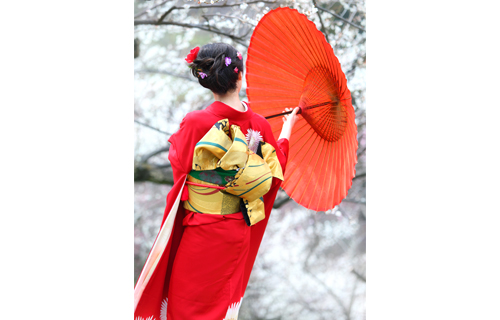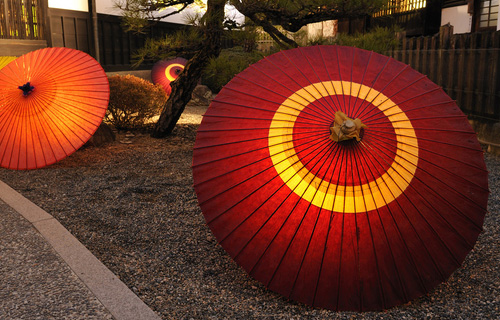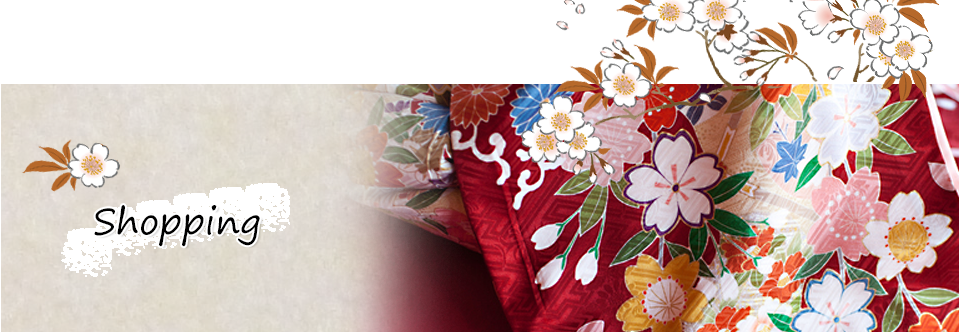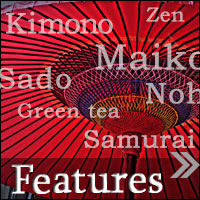Japanese Umbrella
What is Japanese Umbrella
First of all an umbrella says “Kasa” in Japanese. There are Ban-kasa, Janome-kasa, Tsumaore-kasa and etc.

Actually Japanese traditional umbrella changes its name not by the form. It changes the name by the design and usage. For example, Ban-kasa use for everyday and its design is normally one color. The Ban-kasa’s umbrella rib is thicker than the other type to realize durability. The other one is Janome-kasa (Janome means snake eye), is painted the rim as the design is looks like an eye of a snake.
The difference between Japanese traditional umbrellas has much more ribs than a normal one. This is because the structure is different. A Normal umbrella spread the coat with tension. The Japanese umbrella support the coat with the ribs and the coat automatically stores into the inside when it closes.
Japanese umbrella is good at waterproof but it’s not possible to say durability is also good as originally the coat was made with waterproofed paper. And Japanese umbrella was made with natural materials, so little heavier than a normal umbrella.
Generally, a umbrella keeps upside down but if you do this with Japanese traditional umbrella, the top of the umbrella will collapse. So it keeps hanging from somewhere.
As it use paper, could cause moth-eaten, degradation, maintenance, etc and if you use for long time, changes color however, because of it artistic looks there are lot of demands mainly for gift and for decollation.
Recently, there are products made with modern material such as are steel and nylon which has both good points of modern umbrella and Japanese traditional umbrella.
History
The idea was come from ancient China.
The development of paper work and bamboo crafts in Heian period helped to make umbrella.
And waterproof technique which was developed during the Muromachi period, umbrella became popular tool.
The structure was same as today, which was able to open and close. Of course there were craftsmen specialized for umbrella making.
In the Edo period, umbrella making was one of the popular jobs for master less Samurai.
Actually, Japanese traditional umbrella retailer and craftsmen are few but you can find in Kyoto.

- Kimono
- Kimono
- Happi Coat
- Geta/Zori
- Traditional Crafts
- Kyoto Hina Doll
- Hyogu
- Kyo Yuzen-zome
- Kiyomizu Pottery
- Pottery/Lacquer
- Plaything
- Hyakunin-isshu
- Buddhist alter fittings
- Buddhist alter fittings




